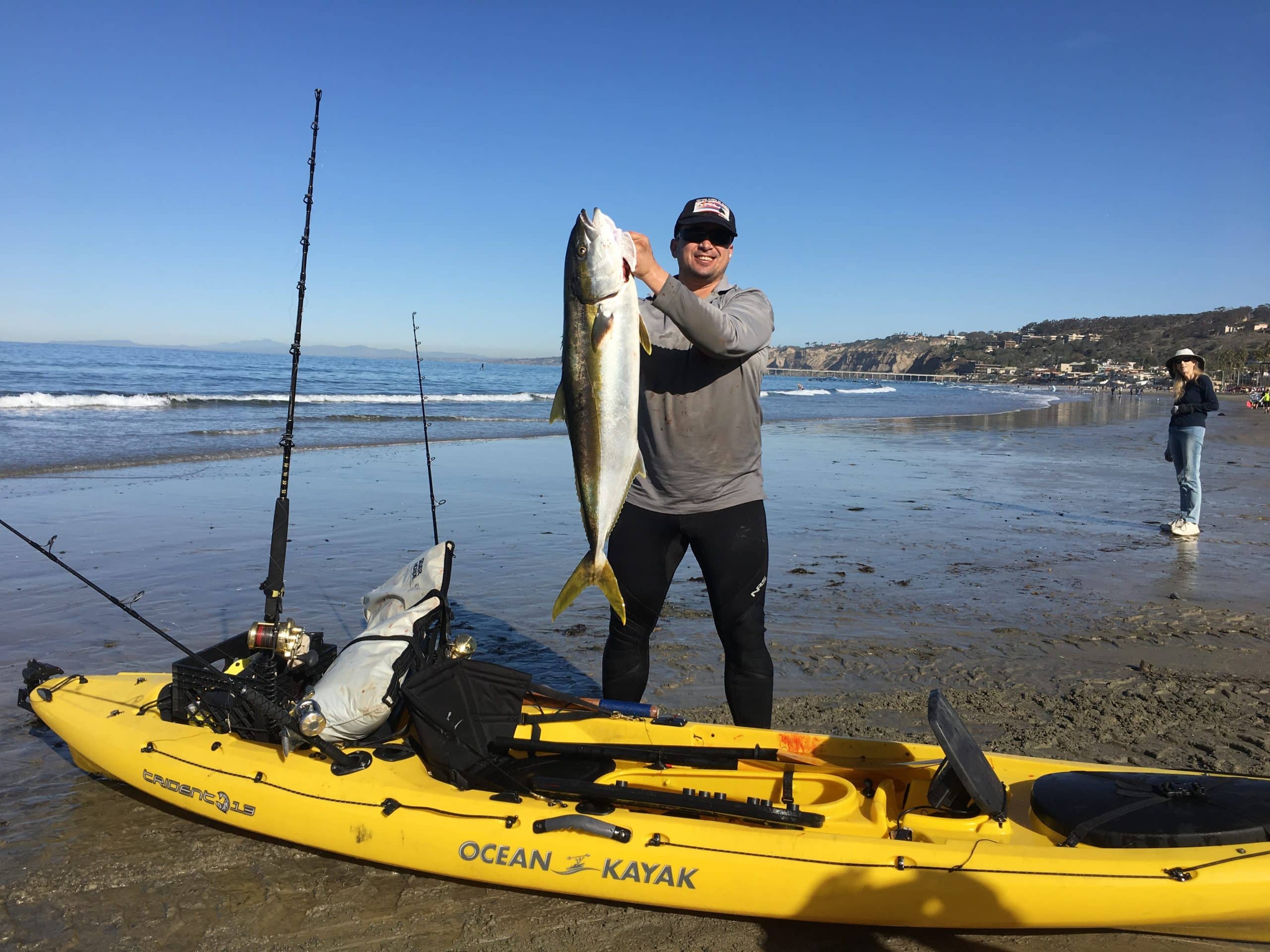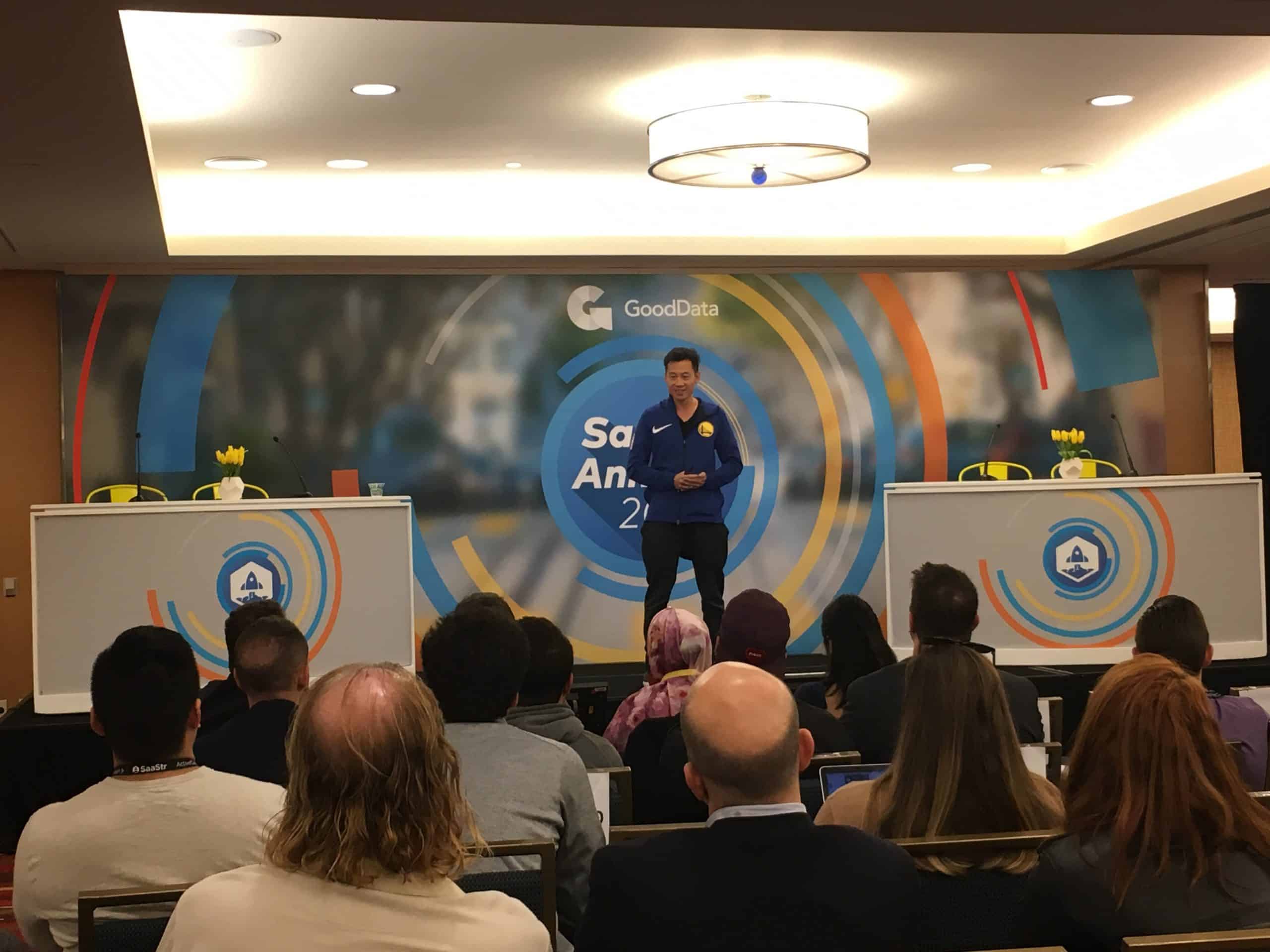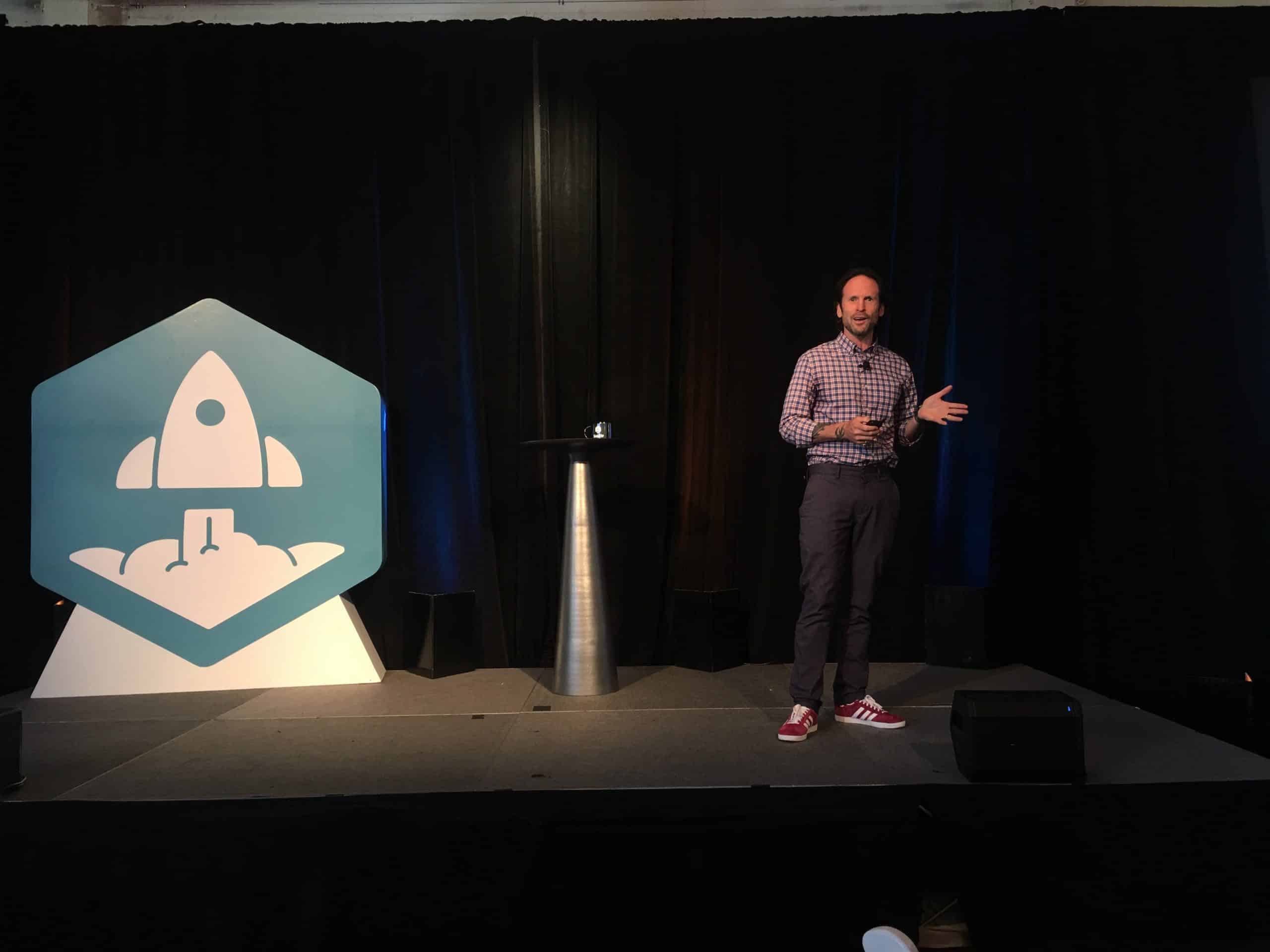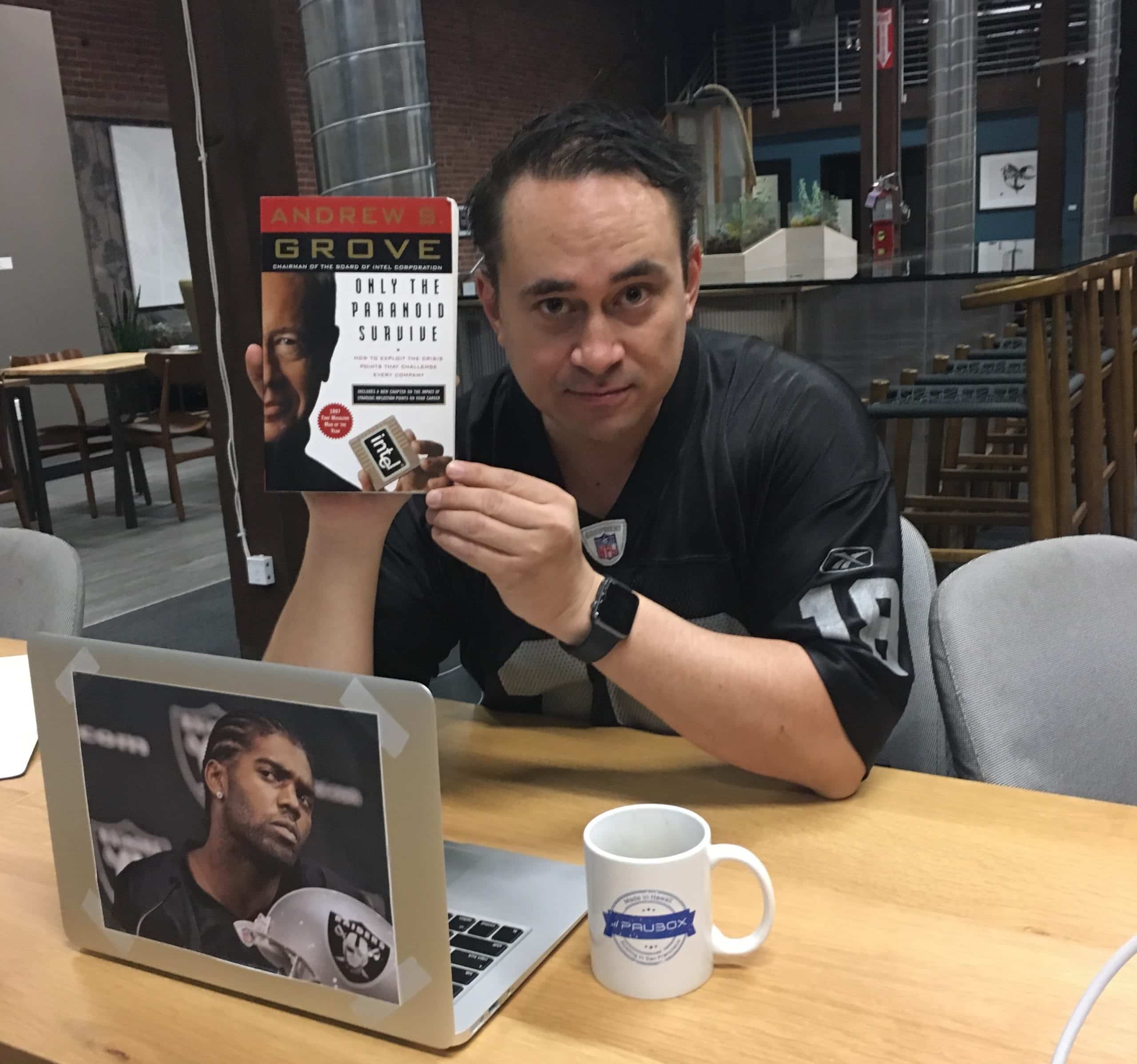
- It's one of the best books I've read this year.
- Strategic Inflection Points will constantly occur in the lifespan of a business.
- The book was written at the dawn of the internet age and is profoundly insightful.
When I moved to San Francisco in early 2015, my buddy and SF resident Kian Alavi gave me the rundown on Silicon Valley:
- Go read Zero to One by Peter Thiel.
- Read The Hard Thing About Hard Things by Ben Horowitz.
- Subscribe to the A16Z podcast.
I devoured all three within a month while living in a 10x10 foot cabin with an outdoor shower in Brisbane.
As I would learn from Ben Horowitz's book, Andy Grove is a seminal Silicon Valley figure. Mr. Grove was a co-founder and CEO of Intel and he helped transform the company into the world's largest manufacturer of semiconductors. Fast forward to a couple months ago, I read Andy Grove's " Only the Paranoid Survive: How to Exploit the Crisis Points that Challenge Every Company" while working late at the office. This blog post is about my takeaways from his stellar book. I've also included recent pics of our journey here at Paubox. Enjoy! SEE ALSO: We’re Riding The Third Wave
The Twitter building is one of my favorites in San Francisco
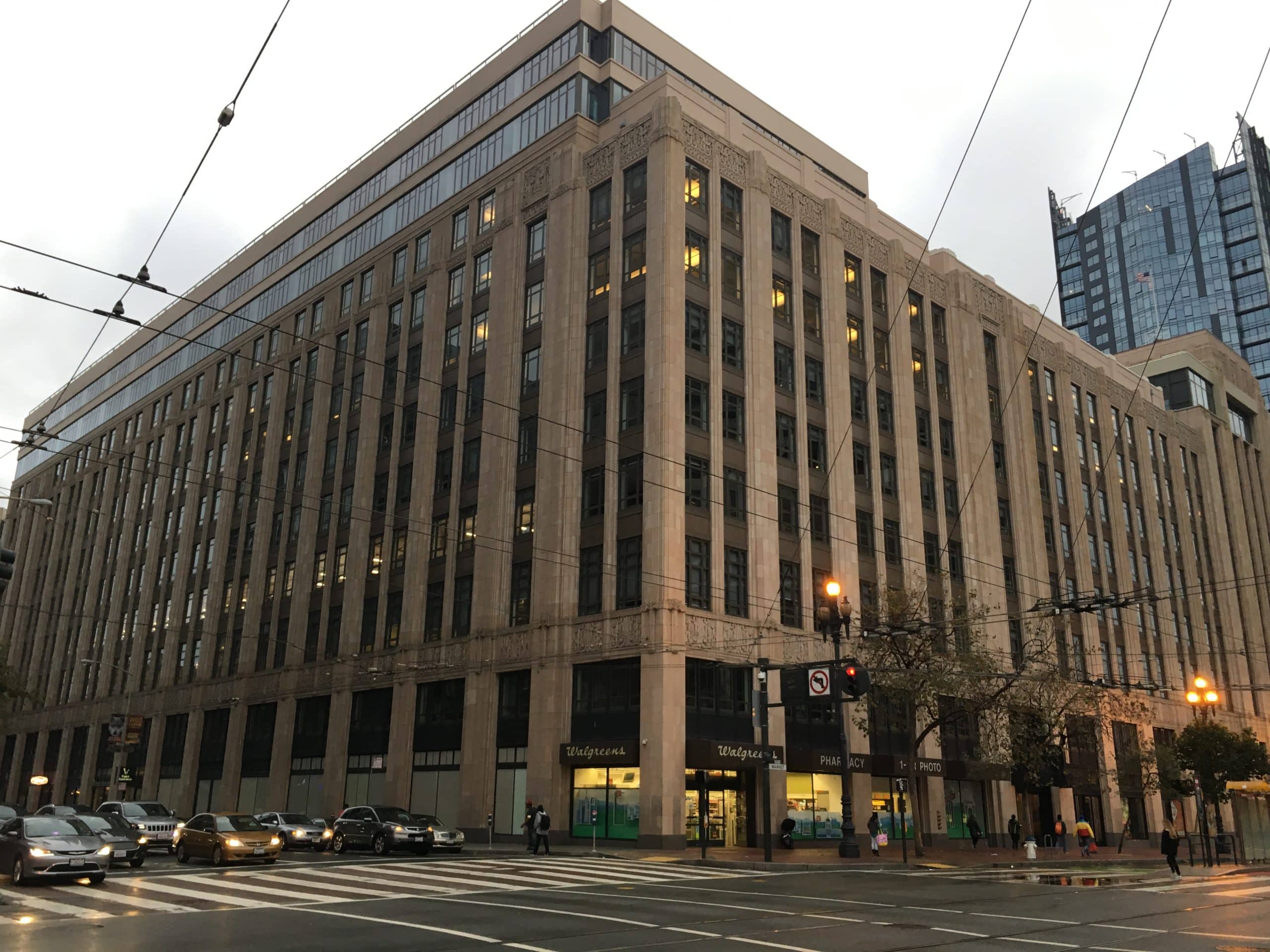
Chapter 1: Something Changed
Here are my takeaways from Chapter 1:- In 1994, a PR nightmare made Andy Grove realize Intel no longer sold microprocessors to computer makers. They had crossed over to the global, mass consumer market.
- "Not only didn't we realize that the rules had changed- what was worse, we didn't know what rules we now had to abide by."
- "All businesses operate by some set of unstated rules and sometimes these rules change- often in very significant ways."
- "The lesson is, we all need to expose ourselves to the winds of change."
Grabbing lunch with Jeff LeBrun of Pillsy
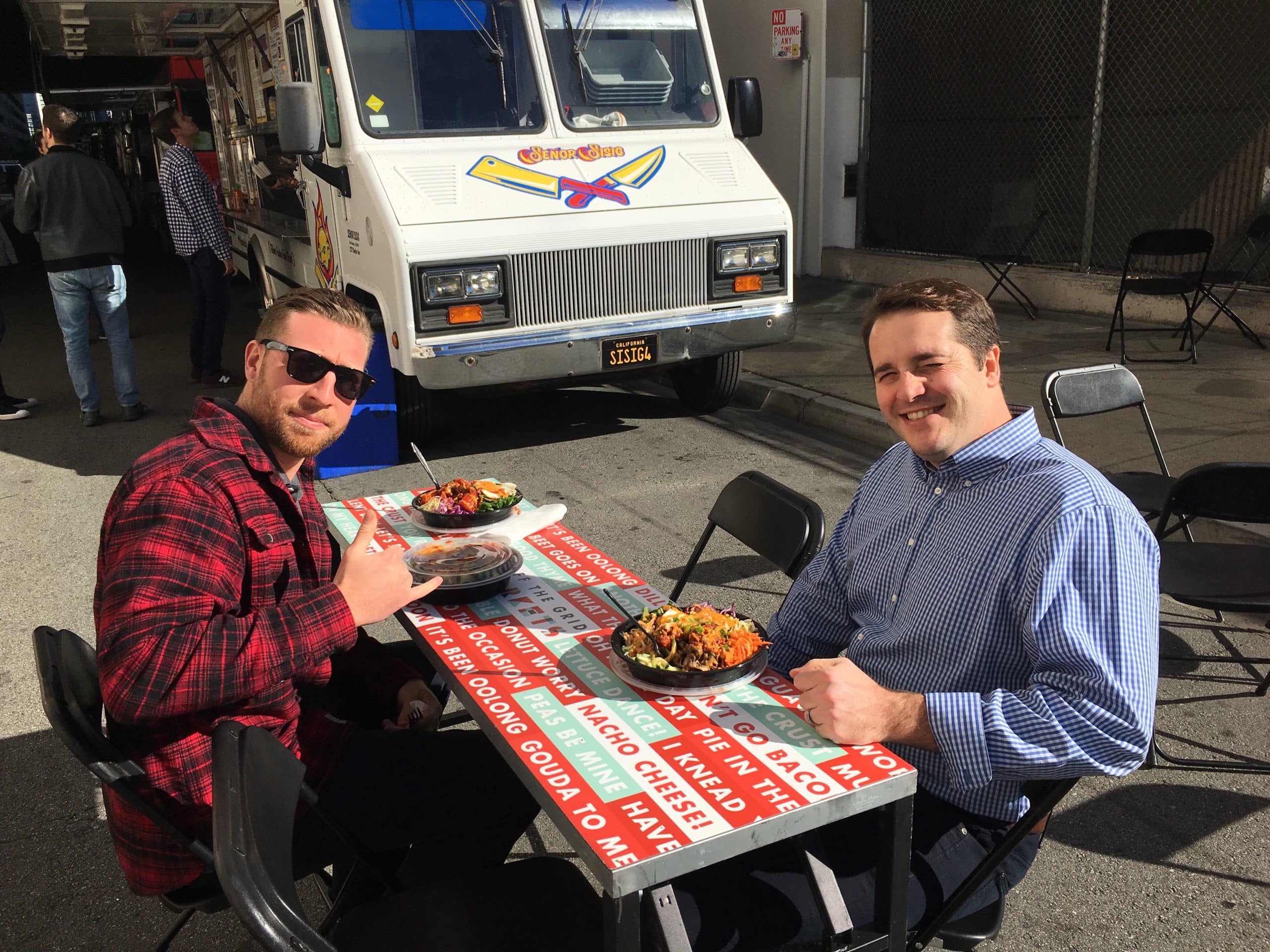
Chapter 2: A "10X" Change
Here are my takeaways from Chapter 2: A "10X" Change.- Andy Grove summarizes Porter's Five Forces and proposes a Sixth Force: The Force of Complementors.
- Complementors are other businesses from whom customers buy complementary products.
- If a very large change occurs in one of the six forces, it becomes a "10X" force.
- "There's wind and then there's a typhoon, there are waves and then there's a tsunami."
- "In the face of such "10X" forces, you can lose control of your destiny."
- "Only the beginning and the end are clear; the transition in between is gradual and puzzling."
- Andy defines an inflection point as where the old strategic picture dissolves and gives way to something new.
- "It [inflection point] is a point where the curve has subtly but profoundly changed, never to change back again."
- "When you're caught in the turbulence of a strategic inflection point, the sad fact is that instinct and judgement are all you've got to guide you through."
- "The strategic inflection point is the time to wake up and listen."
Thanksgiving in Bakersfield

Chapter 3: The Morphing of the Computer Industry
Here are my takeaways from Chapter 3: The Morphing of the Computer Industry.- Andy admits he was unable to pinpoint where exactly the inflection point took place in the computer industry of the 80s.
- "When an industry goes through a strategic inflection point, the practitioners of the old art may have trouble."
- Dell Computer upending the market by selling computers via mail order, then later online.
- "Few of the top ten participants in the new horizontal computer industry rose from the ranks of the old vertical computer industry, bearing testimony to the observation that it is truly difficult for a successful industry participant to adapt to a completely different industry structure."
- "The first mover and only the first mover, the company that acts while the others dither, has a true opportunity to gain time over its competitors."
- "People who try to fight the wave of a new technology lose in spite of their best efforts because they waste valuable time."
- "Simply put, it's harder to be the best of class in several fields than in just one."
Dungeness crab at Half Moon Bay

Chapter 4: They're Everywhere
Here are my takeaways from Chapter 4: They're Everywhere.- Andy Grove makes the case every strategic inflection point is characterized by a "10X" change and every "10X" change incurs an inflection point.
- "A far superior competitor appearing on the scene is a mandate for you to change. Continuing to do what worked before doesn't work anymore."
- "Steve Jobs is arguably the founding genius of the personal computer industry, the person who at age twenty saw what in the next decade would become a $100 billion worldwide industry."
- "A fundamental rule in technology says that whatever can be done will be done."
- "Customers drifting away from their former buying habits may provide the most subtle and insidious case of a strategic inflection point."
- The star of a previous era is often the last one to adapt to change.
- "There is a school of thought that suggests that software generated for the Internet will grow in importance and eventually prevail in personal computing." (Prescient)
Paubox sales team meeting: Finishing November strong
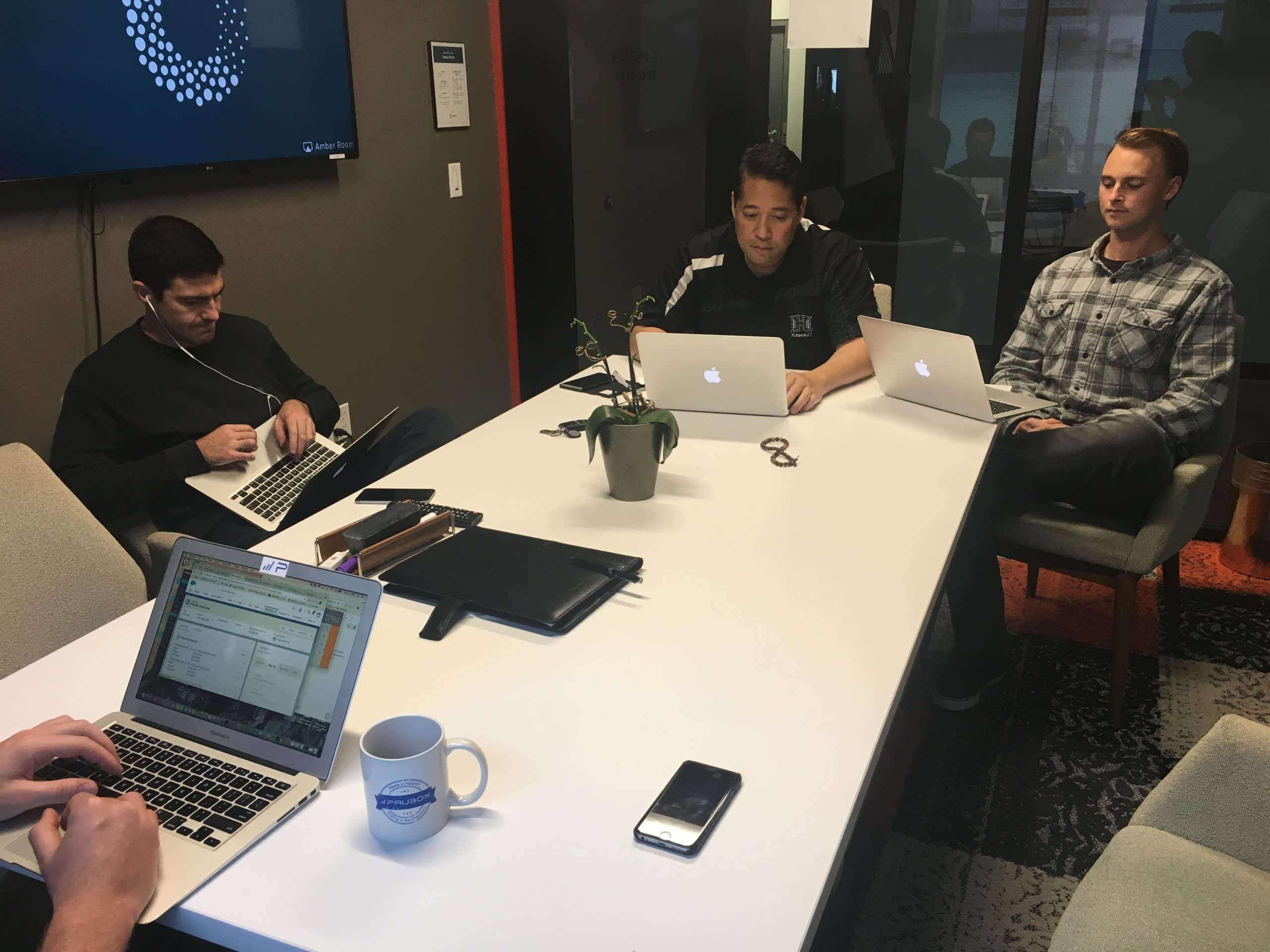
Chapter 5: "Why Not Do It Ourselves?"
Here are my takeaways from Chapter 5: "Why Not Do It Ourselves?"- Intel's first product was a 64-bit memory chip.
- Andy asked Intel's CEO Gordon Moore, "If we got kicked out and the board brought in a new CEO, what do you think he would do?" (Powerful exercise)
- "People who have no emotional stake in a decision can see what needs to be done sooner.
- "It was through the memory crisis- and how we dealt with it- that I learned the meaning of a strategic inflection point."
- Strategic inflection points can provide an opportunity to reach new levels of achievement.
- "People in the trenches are usually in touch with impending changes early."
Fortunate to be able to walk to work
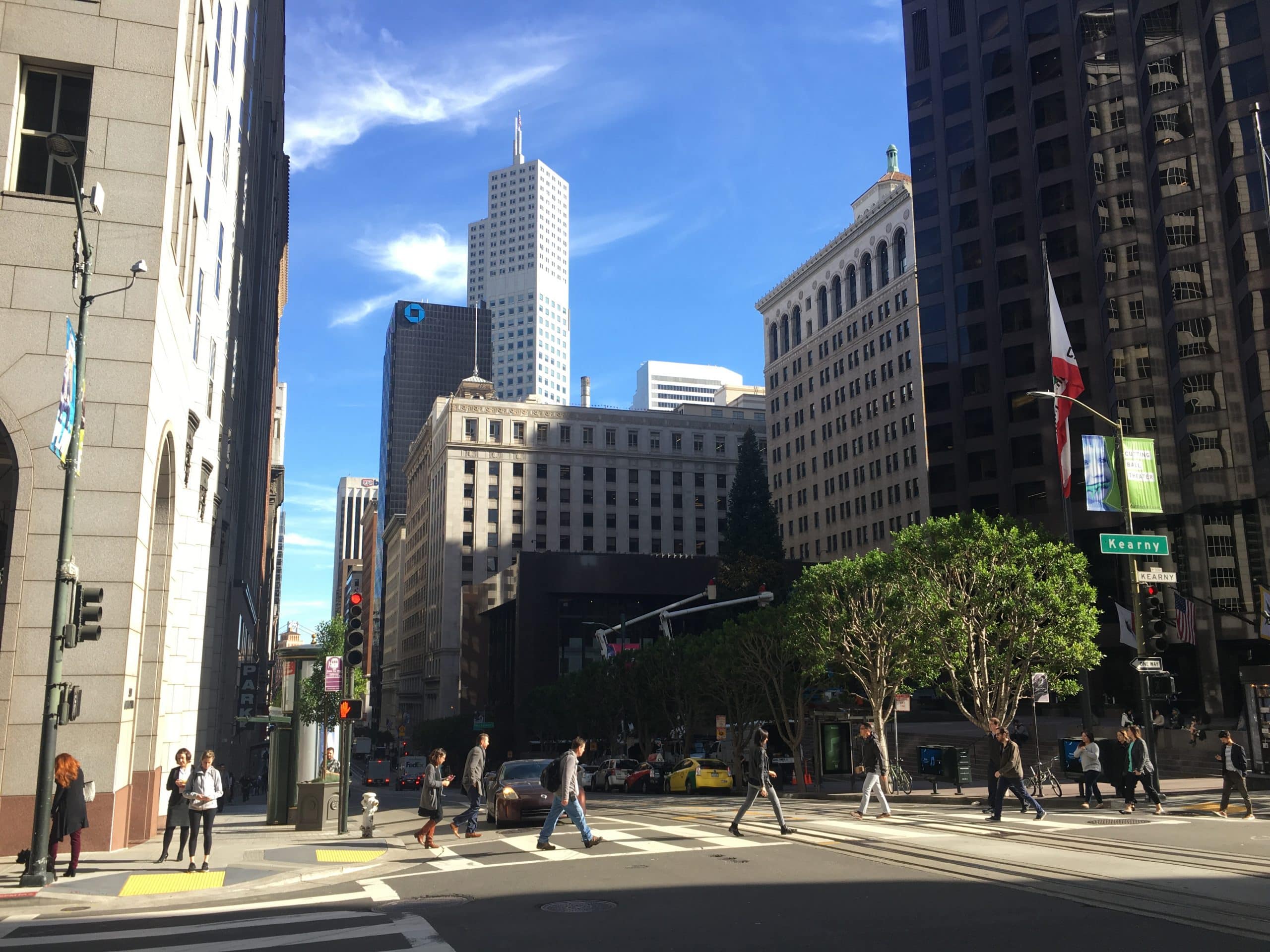
Chapter 6: "Signal" or "Noise"?
Here are my takeaways from Chapter 6: "Signal" or "Noise"?- There isn't a formula to measure or gauge signal versus noise.
- "Because there is no surefire formula, every decision you make should be carefully scrutinized and reexamined as time passes."
- "Most strategic inflection points, instead of coming in with a bang, approach on little cat feet. They are often not clear until you can look at the events in retrospect."
- The silver bullet test: If you had just one figurative bullet, which competitor would you save it for?
- You can use these questions to distinguish signal from noise:
- Is your key competitor about to change?
- Is your key complementor about to change?
- Do people seem to be "losing it" around you?
- Helpful Cassandras are people in a company who are quick to recognize impending change. They are usually in middle management and often in sales.
- The Trap of the First Version: You can't judge the significance of strategic inflection points by the quality of the first version. (e.g., Apple's Newton in 1993)
- Strategic inflection points are rarely clear.
Weekly staff meeting
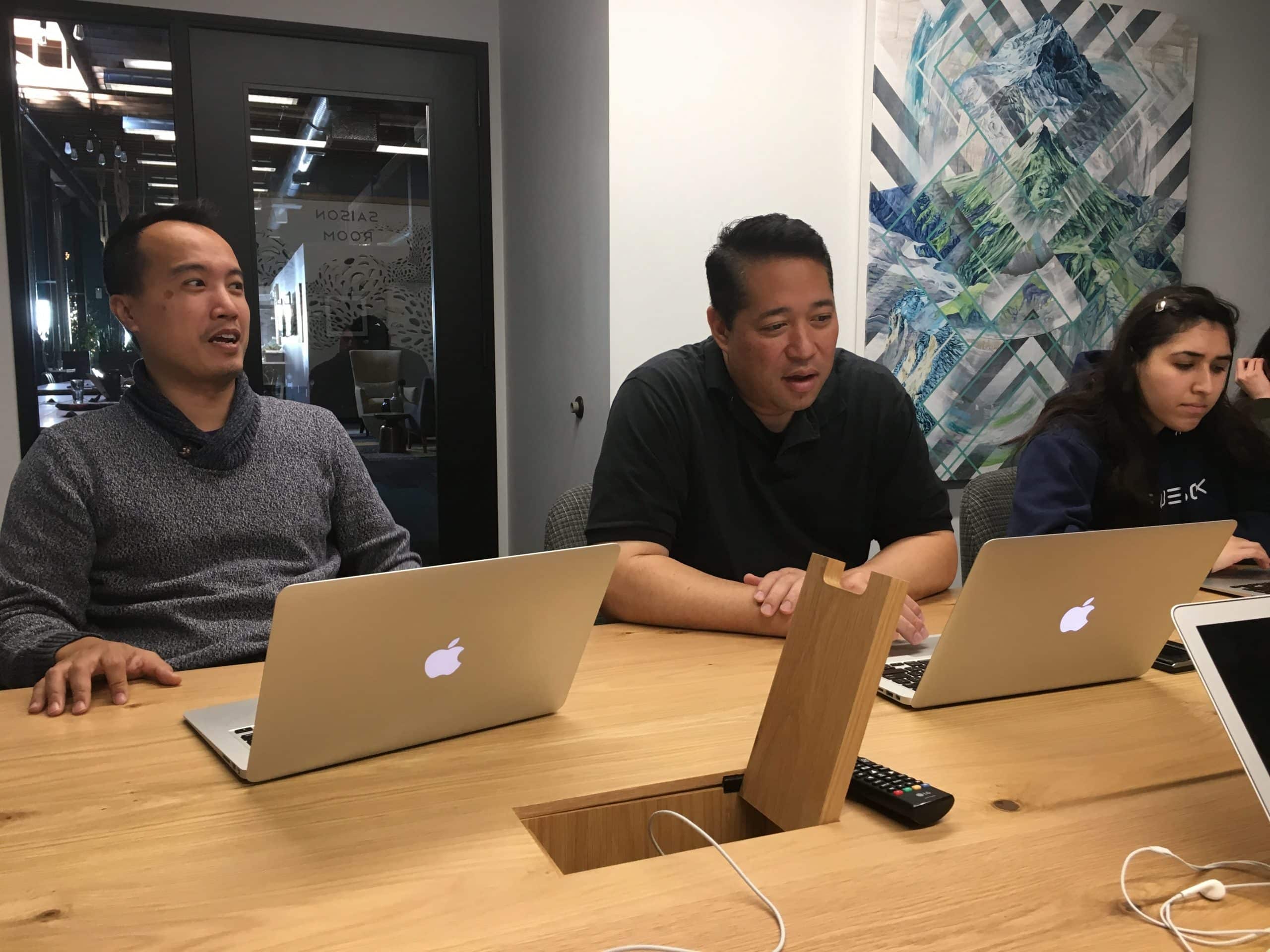
Chapter 7: Let Chaos Reign
Here are my takeaways from Chapter 7: Let Chaos Reign.- The chapter deals with how management reacts emotionally to the crisis of an inflection point.
- The sequence of a strategic inflection point: Denial, escape or diversion and finally, acceptance and action.
- Strategic dissonance is one of the surest signals a company is struggling with an inflection point.
- "Looking back over my own career, I have never made a tough change, whether it involved resources shifts or personnel move, that I haven't wished I had made a year or so earlier."
Sharing a laugh in Bakersfield for Thanksgiving
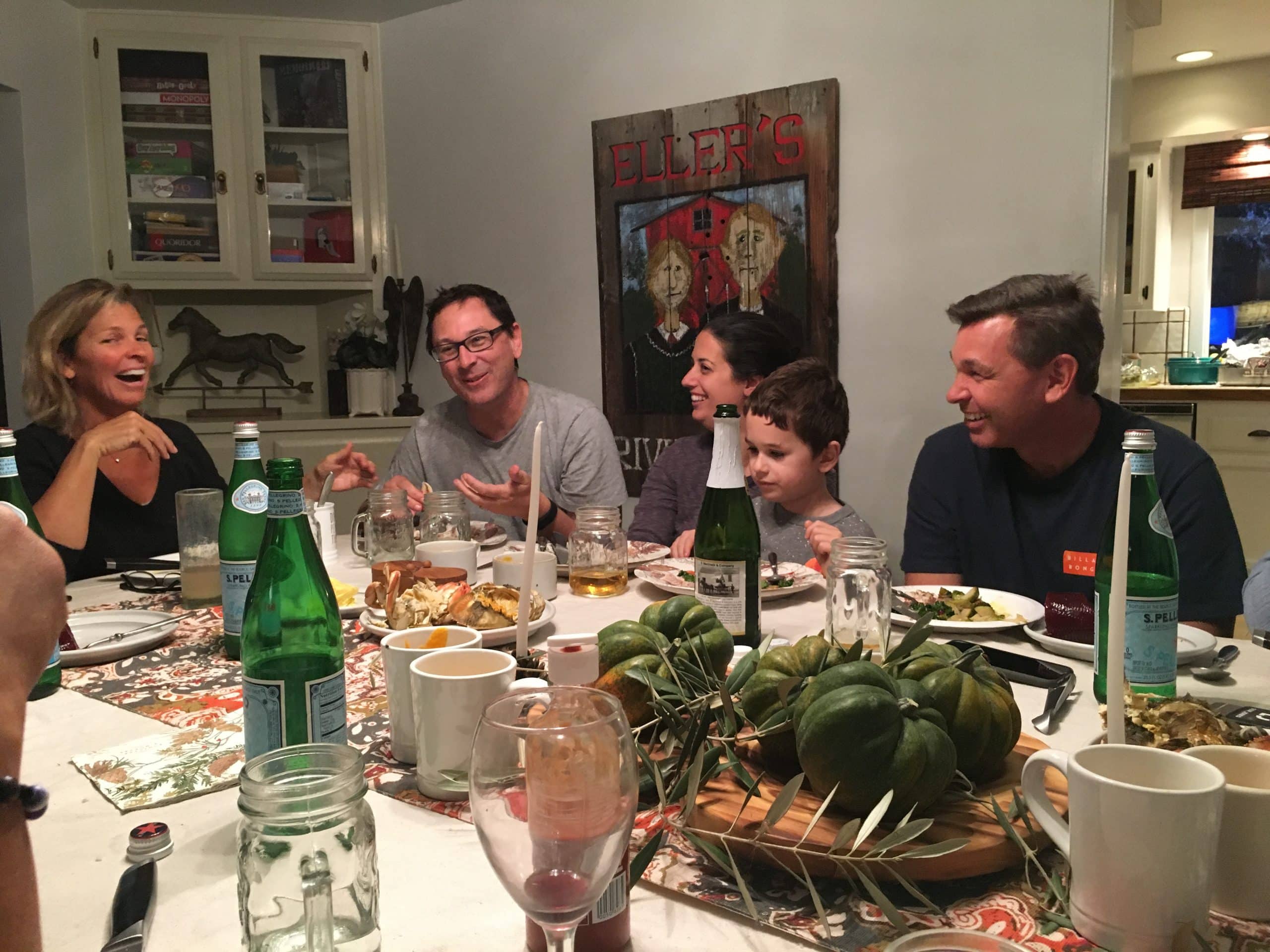
Chapter 8: Rein in Chaos
Here are my takeaways from Chapter 8: Rein in Chaos.- "Often in the course of traversing a strategic inflection point your people lost confidence in you and in each other, and what's worse, you lose confidence in yourself."
- The valley of death is an inevitable part of every strategic inflection point.
- "To make it through the valley of death successfully, your first task is to form a mental image of what the company should look like when you get to the other side."
- "If you're in a leadership position, how you spend your time has enormous symbolic value. It will communicate what's important or what isn't far more powerfully than all the speeches you can give." (strongly agreed)
- Andy Grove believes the best way to transform a company is though a series of incremental changes that are consistent with a clearly defined end goal.
- "Your tendency will almost always be to wait too long. Yet the consequences of being early are less onerous than the consequences of being late."
- "It is very hard to lead an organization out of the valley of death without a clear and simple strategic direction."
- "If competition is chasing you (and they always are- this is why 'only the paranoid survive'), you only get out of the valley of death by outrunning the people who are after you."
- "The greatest danger is standing still."
- "This is exactly when you need a strong leader setting a direction. And it doesn't even have to be the best direction- just a strong, clear one."
- "If top management is able to alternately let chaos reign and then rein in chaos, such a dialectic can be very productive."
- When "10X" forces are upon us, the choice is taking on these changes or accepting an inevitable decline, which is no choice at all."
Paubox sales team in the zone
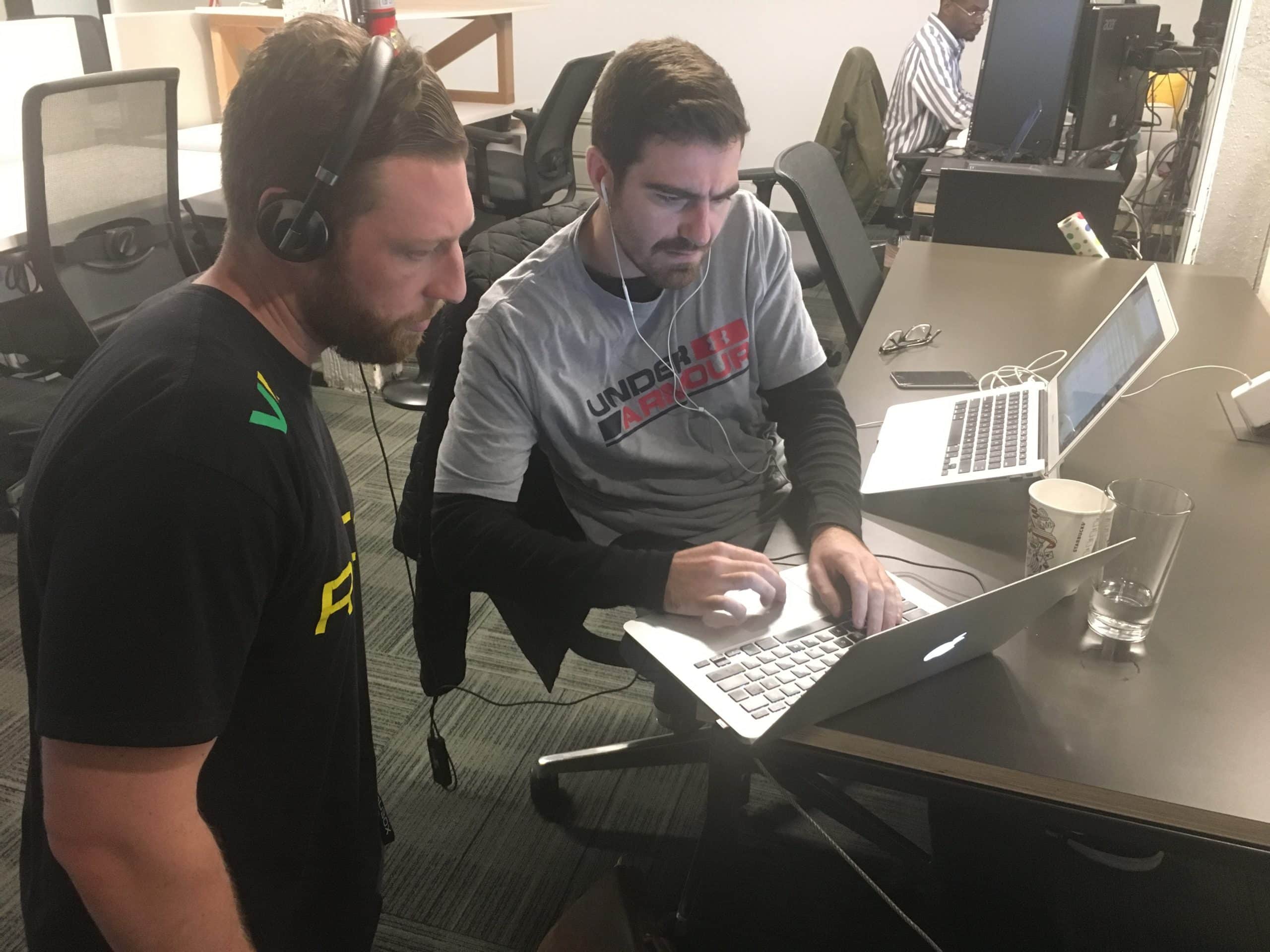
Chapter 9: The Internet: Signal or Noise? Threat or Promise?
Chapter 9: The Internet: Signal or Noise? Threat or Promise? I really liked this chapter. Here are my takeaways from Chapter 9: The Internet: Signal or Noise? Threat or Promise?- "But in the long term, data rich in pictures, voice and video promise an even larger use of the Internet and therefore new business opportunities." (Keep in mind, he wrote this in 1996)
- "The Internet has potentially just as much impact on the software industry. It can provide a much, much more efficient way to distribute software." (He basically just described SaaS)
- Andy Grove describes the cloud: "The Internet fosters the emergence of a third class of use: applications and data that are stored at some other computer someplace..."
- Andy correctly concludes that the Internet is a strategic inflection point for Intel, way back in 1996.
Catching up with Jeff LeBrun of Pillsy
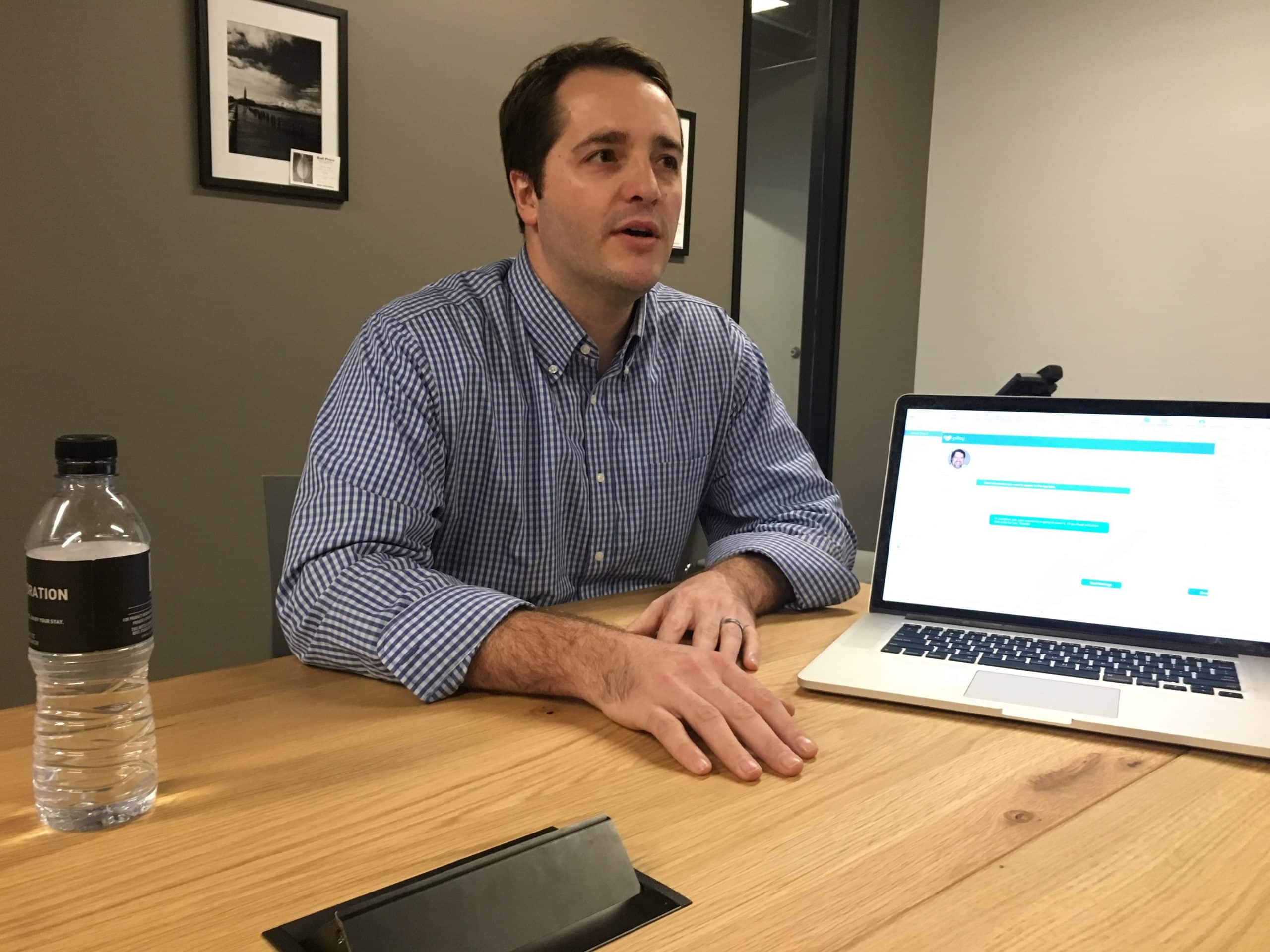
Chapter 10: Career Inflection Points
Here are my takeaways from Chapter 10: Career Inflection Points.- Andy Grove points out that career inflection points caused by a change in environment (e.g. Blockbuster vs. Netflix) don't distinguish between the calibur of people they disrupt.
- "As in managing businesses, it is rare that people make career calls early."
- "Pour your energy, every bit of it, into adapting to your new world, into learning the skills you need to prosper in it and into shaping it around you."
Subscribe to Paubox Weekly
Every Friday we'll bring you the most important news from Paubox. Our aim is to make you smarter, faster.



 Hoala Greevy
Hoala Greevy
